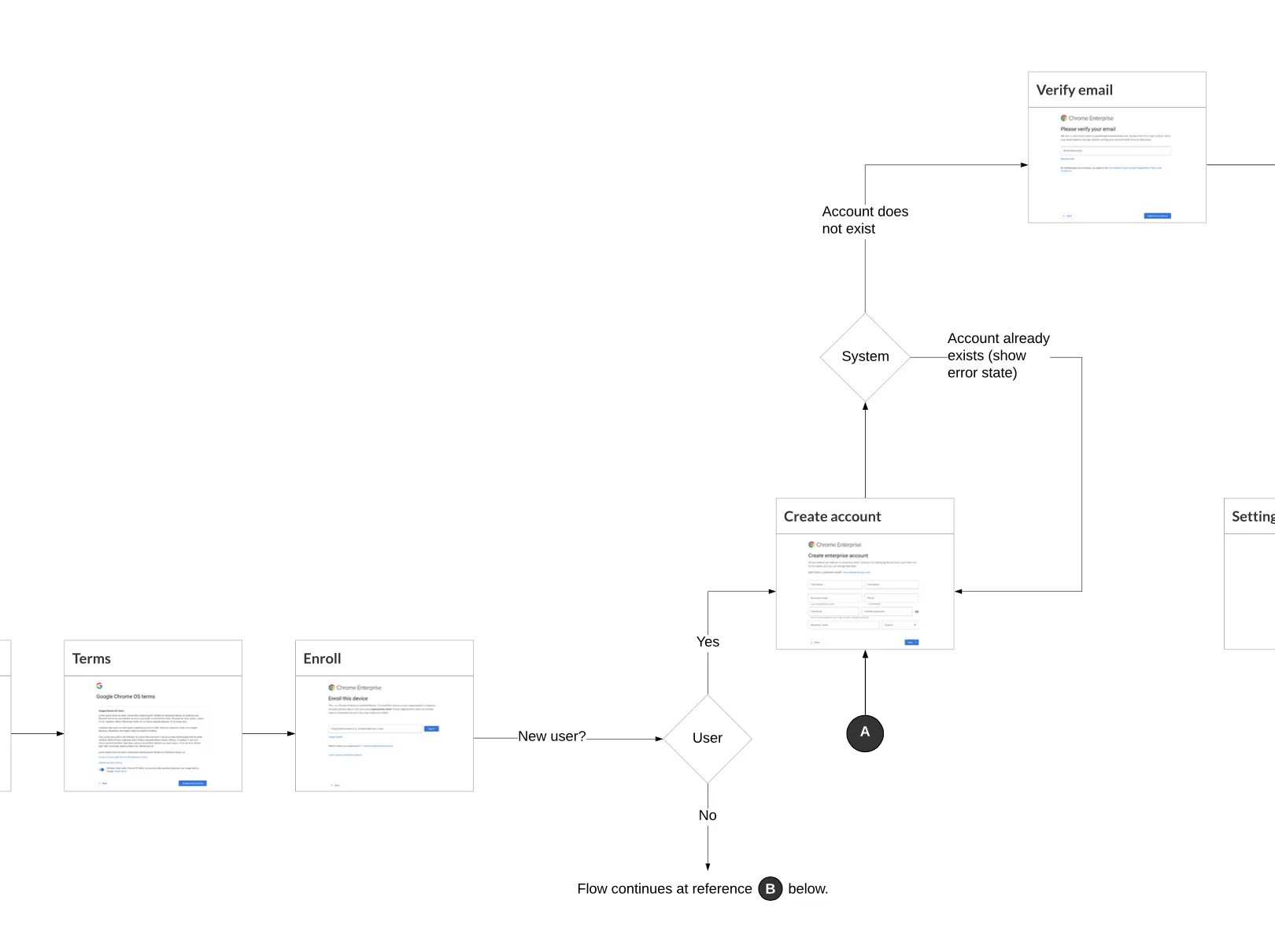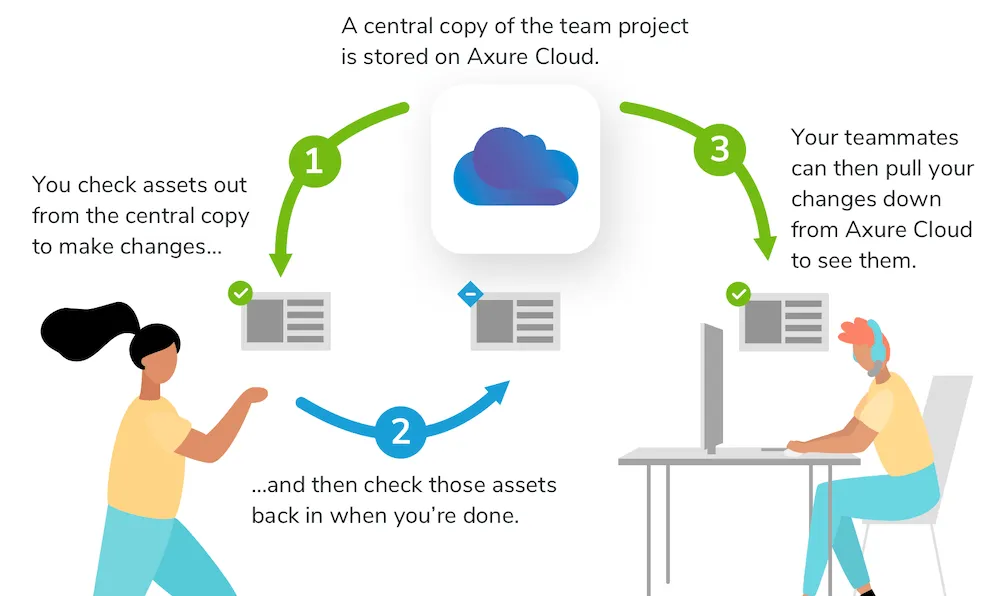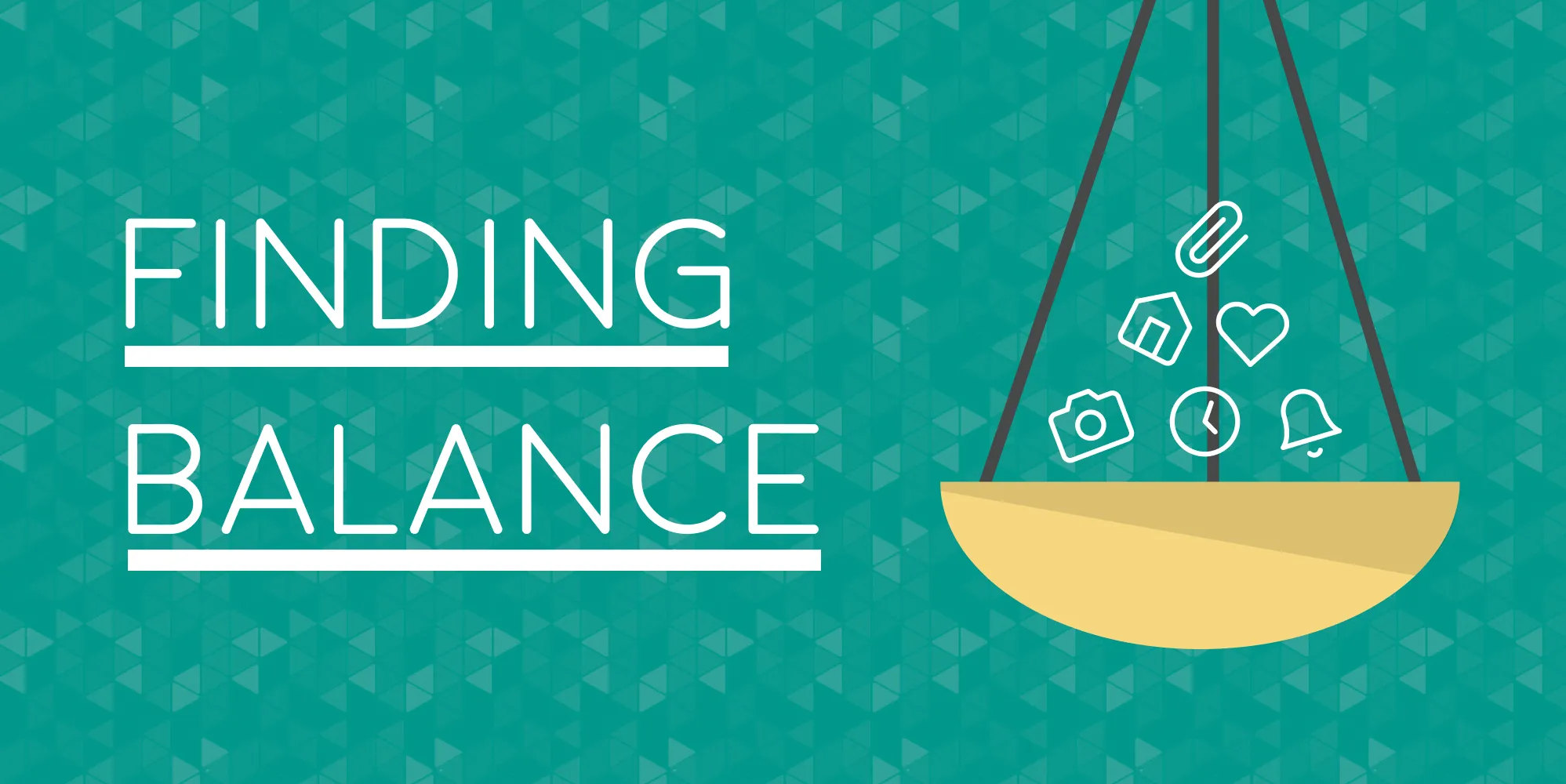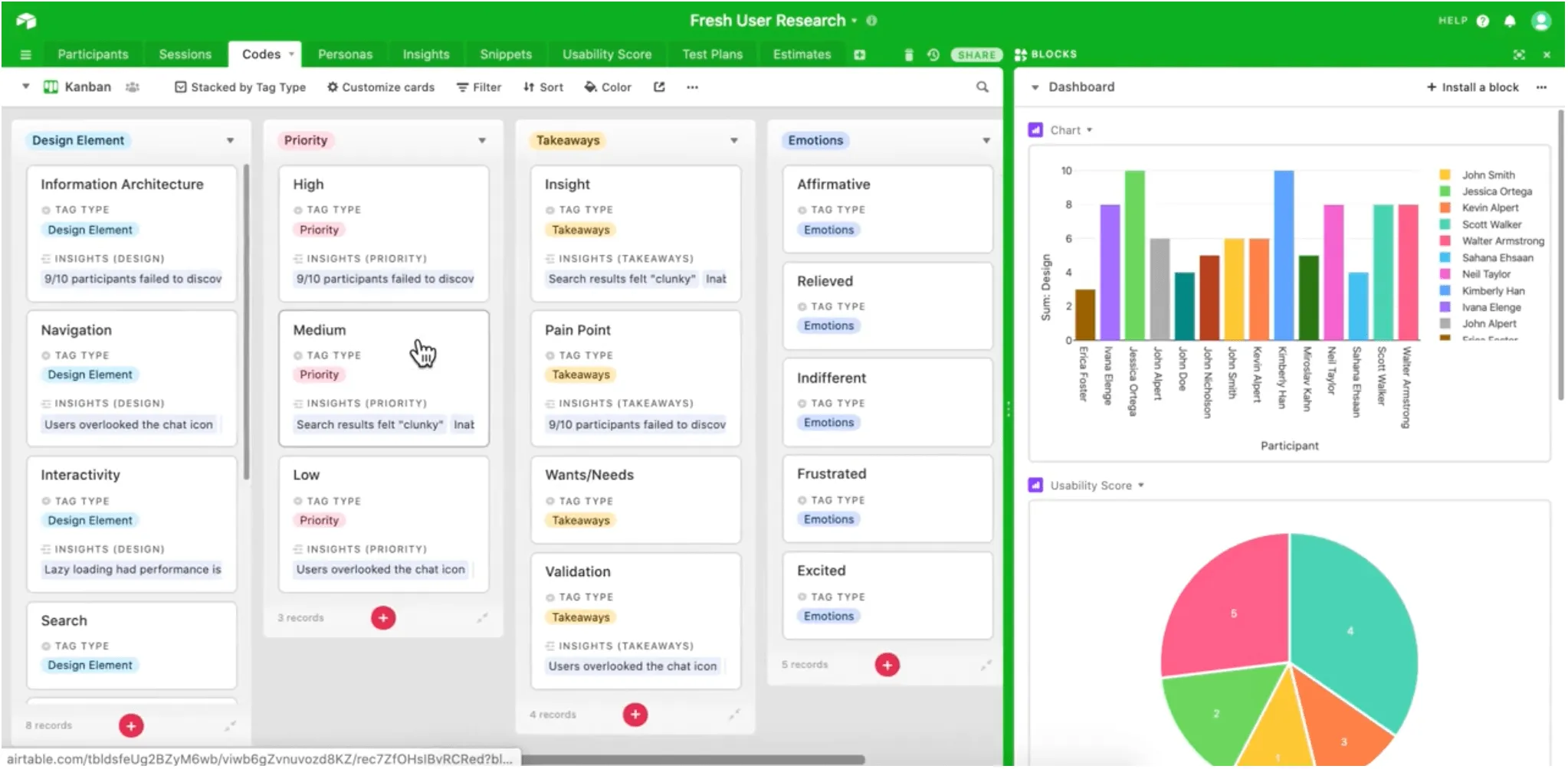Top 5 UX Articles Rolling into Fall
It's hard to believe that summer has come and gone. With many of us at Axure working from the nooks and crannies of our homes, we've been able to get a little more reading done this summer and discovered plenty of great UX articles. Whenever we came across an article that we thought could help you hone your UX skills, stay on top of the latest prototyping trends, or help you pitch your projects to your stakeholders, we did our best to share them across our social media channels. Based on the shares, comments, and clicks from this summer, we bring you the 5 most popular UX articles and why they stand out to us. Cheers and happy reading!
1. Documenting is designing: How documentation drives better design outcomes
"Indeed, in the early stages of design, it's important to sketch and do other visual concepting. But once moving beyond concepts, a design must be well-reasoned, particularly if you are designing applications. In years past (and in some cases today), this 'reasoning out' would be done by a business analyst. But that may not always be the case, in which case designers need to be prepared to take on this task."
When it comes to documentation, it's easy to save it for last--once you have everything wrapped up, put it all together. But when you do this, you're missing out on a critical opportunity to keep your project in check and produce better designs. Heidi Adkisson does a great job breaking up each documentation piece and communicating how it helps bring about a better design and produce maximum impact. We're big fans of (the right amount of) documentation. Products, designs, and ideas don't exist in a silo, and it's important to keep a record so everyone can stay in the loop and projects run more smoothly. We, of course, do a lot of our documentation in RP, making wireframes and flow diagrams and using widget and page notes. To read Heidi's article in full, head over to the original!
2. 6 stats to prove your value as a UX designer
"As UX Designers, we often fall short when it comes to explaining the bigger picture of what we do and why it matters. When we speak to fellow designers, they get it. They understand the subjectivity of design decisions, the importance of accessibility, empathizing with users, rapid prototyping, and crafting user personas. But when we try to explain these things to non-designers, it comes across a bit hand-wavy and ambiguous."
Shifting your vocabulary from UX design to C-level speak can be critical in communicating your value within an organization. Alexandra Grochowski breaks it down into six actionable steps that are hard to argue with, including ROI, conversion rates, and savings. This article also applies these metrics to different stages of your journey as a UX designer to bring value to you, including areas such as interview processes and client conversations. To read more, check out the article!
3. Working Remote with Axure
With all the changes this summer, we're not surprised to see this article hit our list. Knowing that teams are spending more time in a Zoom conference than in a conference room, we pulled out our top features that enable cross-team, cross-city, and cross-timezone collaboration. To learn more about how Axure Teams, Cloud discussions, and our integrations can help you collaborate on UX projects, check out our article here!
4. Prototyping with Data-Intensive Features
This Axure user story comes from Lisa Dance and follows her efforts to develop data-intensive features within a rich, interactive prototype.
"I've developed several prototypes for Genworth's Cost of Care Calculator which provides users with the cost of long-term care services in their area. The sheer number of interactions you can produce with a calculator like this along with the extensive capabilities of prototyping software like Axure at your disposal, make the potential for prototyping more elements and interactions than you need for testing real. Too much time creating your prototype provides little time to resolve issues revealed in testing."
With a high-fidelity prototype utilizing variables and real, working data in Axure RP, Lisa was able to better demonstrate to her stakeholders how the Cost of Care Calculator would apply to constituents all over the country. This saved her many costly and intensive iterations through design and development cycles. To read more about her process, check it out.
5. Creating a UX Research System: Making your work understood as a researcher
"Selling the value of User Research is sometimes an insurmountable challenge, especially when you're a 1-person army. Far too often, we find ourselves persuading stakeholders and selling the value of our work more than actually carrying out our real responsibilities — being the voice of the user, advocating for them and ensuring that the product or service effectively solve for their needs and pain points."
Throughout this article, Avarind Ravi helps us identify concrete ways that we can translate our user research into concrete data that better states the impact of UX on an organization. He helps us consolidate spreadsheets into truly actionable data. The article concludes with an organizational system that can help UX researchers better repeat the process of delivering the impact of their UX research to company stakeholders. We're fans of articles that show how to increase the value of UX research to an organization. When interactive prototypes are placed in front of users, so much can be learned and applied by designers, developers, and stakeholders. Being able to document and clearly communicate those insights can make all the difference. To learn more, check out the original article!
To contribute to the Axure Blog or share your favorite articles with our team, send us an email at pr@axure.com




